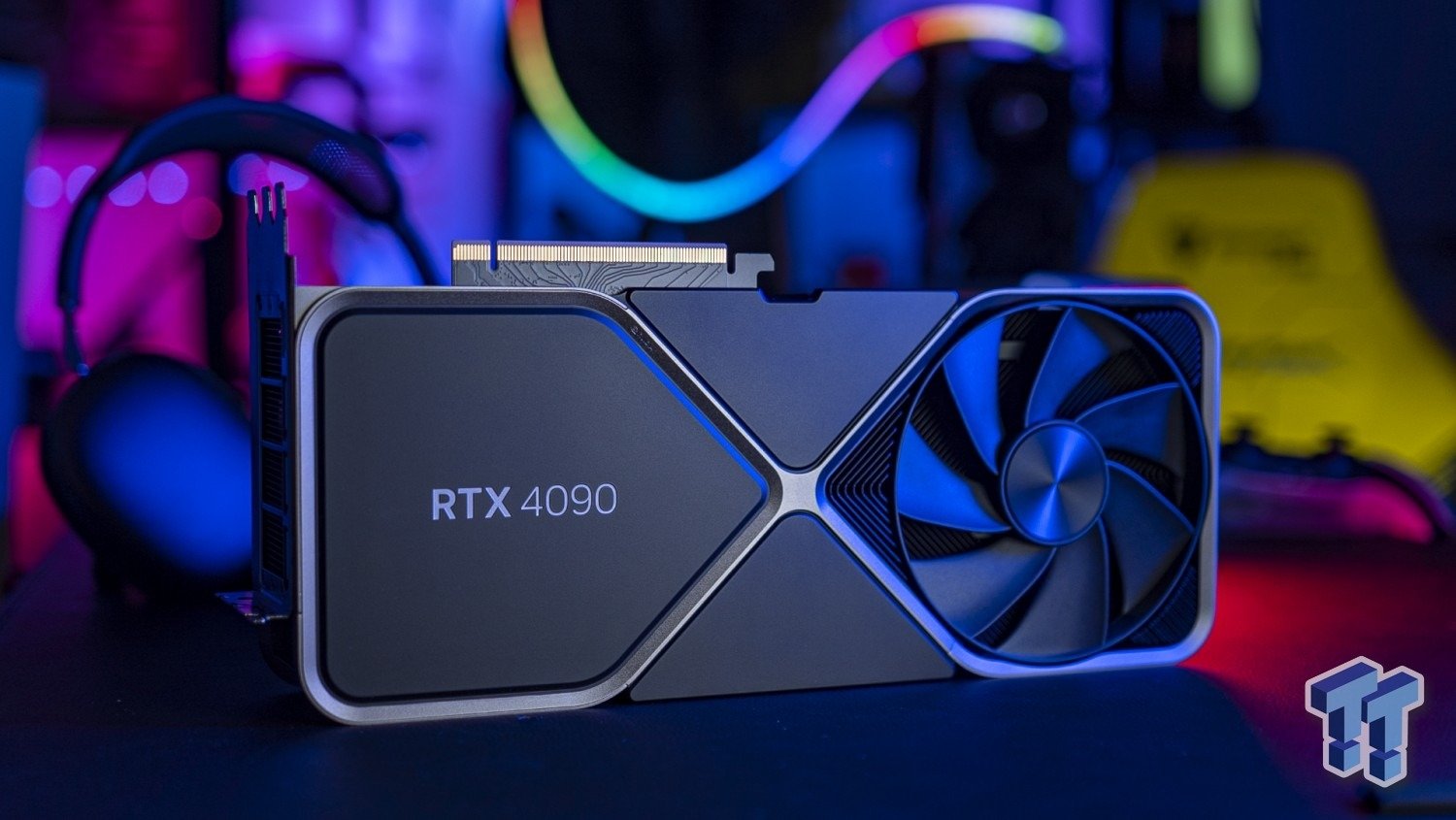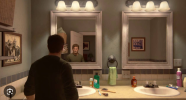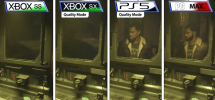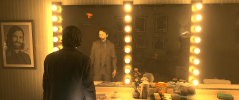I ve been reading about Mega Geometry and how RT works and I get the impression that in certain scenarios RT is pointless and may either be producing worse results and/or have more performance hit than necessary.
I understand that RT reflections are necessary on huge surfaces, uneven surfaces and reflections within reflections. But occasionally we have selected use of RT in the environments with the common mirror and puddles. Many games have ugly noisy reflections and/or performance hits just to show these while everything else is matte or have high roughness value thus do not use or need RT.
What's the point? RT already uses a BVH structure to calculate reflections which is intensive. Many games produce the worst mirror reflections ever that take time to update and he reflections show lower detail because the BVH is lower just to have RT ticked. Only a portion of the environment is often displayed too. As in the case of AW2 on PS5 Pro, distance and detail of RT reflections on puddles are ugly as fuck. As such often reflections look disgustingly uglier than the fake methods used to replicate them during the PS2/XBOX/DC/GC era. See MGS2.
Silent Hill 2 Remake for example doesn't even have reflections on small mirrors during gameplay.
In such cases instead of having to use an already intensive processing BVH structure they could have just as well have partial replicated models for some mirrors and puddles and have them "mirrored". Since they are duplications of the same models and don't have to calculate tracing on an already a BVH representation of the environment, there is less strain on VRAM and processing. You just do it directly by having it directly on the "reflective" area.
Until GPUs are powerful enough to apply globally tracing of every surface (path tracing?), current implementations of RT is just ruining than improving in many many games
I understand that RT reflections are necessary on huge surfaces, uneven surfaces and reflections within reflections. But occasionally we have selected use of RT in the environments with the common mirror and puddles. Many games have ugly noisy reflections and/or performance hits just to show these while everything else is matte or have high roughness value thus do not use or need RT.
What's the point? RT already uses a BVH structure to calculate reflections which is intensive. Many games produce the worst mirror reflections ever that take time to update and he reflections show lower detail because the BVH is lower just to have RT ticked. Only a portion of the environment is often displayed too. As in the case of AW2 on PS5 Pro, distance and detail of RT reflections on puddles are ugly as fuck. As such often reflections look disgustingly uglier than the fake methods used to replicate them during the PS2/XBOX/DC/GC era. See MGS2.
Silent Hill 2 Remake for example doesn't even have reflections on small mirrors during gameplay.
In such cases instead of having to use an already intensive processing BVH structure they could have just as well have partial replicated models for some mirrors and puddles and have them "mirrored". Since they are duplications of the same models and don't have to calculate tracing on an already a BVH representation of the environment, there is less strain on VRAM and processing. You just do it directly by having it directly on the "reflective" area.
Until GPUs are powerful enough to apply globally tracing of every surface (path tracing?), current implementations of RT is just ruining than improving in many many games







